

Articles
How To Get A Musty Smell Out Of Furniture
Modified: March 21, 2024
Looking to remove that musty smell from your furniture? Discover effective tips and tricks to freshen up your furniture and get rid of unwanted odors.
(Many of the links in this article redirect to a specific reviewed product. Your purchase of these products through affiliate links helps to generate commission for Storables.com, at no extra cost. Learn more)
Introduction
When it comes to furniture, not many things are more off-putting than a musty smell. Whether it’s an antique piece passed down through generations or a recent purchase that has been stored in a damp environment, a musty odor not only affects the aesthetic appeal of the furniture but also creates an unpleasant living space. Understanding what causes this smell and how to effectively eliminate it is essential for any furniture owner.
Musty smells are typically caused by the growth of mold and mildew, which thrive in environments that are dark, damp, and have poor ventilation. These fungi release volatile organic compounds (VOCs) that result in the distinct odor we associate with mustiness. It is important to tackle the issue as soon as it arises to prevent it from worsening and potentially causing health issues.
In this article, we will explore different methods and remedies to get rid of musty smells from your furniture. Whether you have a vintage sofa, a wooden cabinet, or a fabric upholstered chair, these solutions can help restore freshness and eliminate odors.
Keep in mind that while some furniture may require professional intervention, many cases can be resolved with simple DIY techniques. It’s always best to assess the severity of the situation before deciding which approach to take.
Key Takeaways:
- Say goodbye to musty furniture odors by understanding the causes and using natural remedies like vinegar, baking soda, and lemon juice. Proper cleaning and preventive measures can keep your furniture fresh and odor-free.
- Don’t let musty smells ruin your furniture. Identify the source of the odor, prepare the furniture for treatment, and use natural remedies like charcoal and sunlight. Prevent future odors by maintaining proper ventilation and controlling humidity levels.
Read more: How To Get Musty Smell Out Of A Dresser
Understanding the Musty Smell
Before we delve into how to remove the musty smell from furniture, it is important to understand the underlying causes. Mustiness is often a result of mold and mildew growth, which occurs in environments with high humidity or moisture levels.
Mold is a type of fungus that reproduces by releasing spores into the air. When these spores land on a suitable surface, such as furniture, and find the right conditions of darkness, dampness, and poor ventilation, they can grow and spread, resulting in that unpleasant musty odor.
In addition to the musty smell, mold and mildew can also cause health issues. Exposure to mold spores for prolonged periods can lead to respiratory problems, allergies, and other health complications. It is essential to address the issue promptly to avoid any adverse effects.
Additionally, musty smells can also be caused by other factors such as water damage or pets. Water leaks or spills that are not properly dried can create a damp environment and promote mold growth. Similarly, if your furniture has been in contact with pets or has absorbed their odor over time, it may contribute to the musty smell.
By understanding the root causes of the musty smell, you can take appropriate steps to treat and eliminate it. This knowledge will also help you prevent future occurrences and maintain fresh-smelling furniture.
Identifying the Source of the Smell
Before you can effectively eliminate the musty smell from your furniture, it is important to identify the source of the odor. This step is crucial as it will allow you to target the problem area and determine the best course of action.
Start by thoroughly examining your furniture. Look for any visible signs of mold or mildew on the surface, such as dark spots, discoloration, or fuzzy growth. Pay close attention to areas that are prone to moisture, such as corners, crevices, and cushions. If you notice any signs of mold or mildew, it is likely that they are the cause of the musty smell.
Even if you can’t see any visible signs of mold or mildew, it’s important to rule out other potential causes. Check for any water leaks or spills that may have occurred near or on the furniture. Moisture from these incidents can seep into the furniture and contribute to the musty smell.
In some cases, the musty smell may not be due to mold or water damage, but rather pet odors. If you have pets that frequently use the furniture, their dander and odor can get absorbed into the fabric or upholstery, resulting in an unpleasant smell. Consider this possibility and take appropriate measures if necessary.
Once you have identified the source of the musty smell, you can move on to preparing the furniture for treatment. This step involves cleaning and drying the furniture to remove any surface contaminants and reduce moisture levels, creating a better foundation for odor removal.
Remember, if you are unsure about the source of the smell or if the problem persists despite your efforts, it is advisable to seek professional help. They can provide a more thorough assessment and recommend the appropriate steps to tackle the issue.
Preparing the Furniture for Treatment
Before you start treating the musty smell in your furniture, it is important to properly prepare it. This step involves cleaning the furniture and ensuring that it is dry before proceeding with odor removal techniques.
Here are some steps to prepare your furniture for treatment:
- Remove loose debris: Begin by vacuuming the furniture to remove any loose dirt, dust, or debris. Use a brush attachment to reach into crevices, seams, and corners. This will help create a clean surface for the treatment process.
- Clean the surface: Depending on the type of furniture and its material, use an appropriate cleaning solution to wipe down the surface. For wooden furniture, use a mild soap and water solution. For fabric upholstery, check the manufacturer’s guidelines and use an appropriate cleaning solution. This step will help remove any surface contaminants that may contribute to the musty smell.
- Dry the furniture: After cleaning, it is essential to ensure that the furniture is completely dry. Excess moisture can promote mold growth and hinder the effectiveness of odor removal techniques. Use a dry cloth or towels to absorb any excess moisture, and if possible, place the furniture in a well-ventilated area or use a fan to speed up the drying process.
- Consider professional cleaning: In some cases, especially for heavily soiled furniture or persistent odors, professional cleaning may be necessary. Professional cleaners have the expertise and specialized equipment to thoroughly clean and sanitize furniture, eliminating deep-seated odors and restoring freshness.
By taking the time to properly prepare your furniture, you create a clean and dry foundation for the odor removal process. This step will help improve the efficacy of the treatments and increase the likelihood of successfully eliminating the musty smell.
Removing Surface Mustiness
Once you have prepared the furniture, it’s time to tackle the surface mustiness. This step involves using various techniques to remove the musty smell from the outer layers of the furniture.
Here are some methods to consider for removing surface mustiness:
- Baking soda: Baking soda is a natural deodorizer that can help absorb and neutralize odors. Sprinkle a generous amount of baking soda over the surface of the furniture, focusing on areas with the strongest odor. Allow it to sit for several hours or overnight, and then vacuum it up. Repeat this process if necessary until the musty smell subsides.
- Vinegar: Vinegar is known for its disinfectant and deodorizing properties. Create a solution of equal parts white vinegar and water and use a cloth or sponge to wipe down the furniture. The vinegar will help kill any surface mold and mildew while eliminating odors. Ensure that you test the vinegar solution on a small, inconspicuous area of the furniture first to ensure it does not cause any discoloration or damage.
- Activated charcoal: Activated charcoal is highly porous and has the ability to absorb and trap odors. Place a bowl or container filled with activated charcoal near the furniture or use charcoal bags specifically designed for odor removal. Leave it for a few days to allow the charcoal to absorb the musty smell. Remember to replace the charcoal periodically to maintain its effectiveness.
- UV light treatment: Ultraviolet (UV) light can effectively kill mold and mildew on the surface of furniture. If the furniture is small enough, you can place it outside in direct sunlight for several hours. The UV rays will naturally eliminate surface mold and help reduce the musty smell. However, be cautious with this method as prolonged exposure to sunlight may cause discoloration or damage to certain materials.
It’s important to note that these methods may work differently depending on the type of furniture and the severity of the musty smell. It may require several attempts to completely eliminate the odor. Regularly inspect the furniture after each treatment to assess the progress and adjust your approach if needed.
If the surface mustiness persists despite your efforts, it may be an indication that the odor is deeply embedded within the furniture. In such cases, it’s time to move on to treating the deeply embedded odors.
To get a musty smell out of furniture, try sprinkling baking soda on the affected areas and letting it sit for a few hours before vacuuming it up. You can also place activated charcoal or coffee grounds in the drawers or cabinets to absorb the odor.
Read more: How To Get Smells Out Of Furniture
Treating Deeply Embedded Odors
If the musty odor persists even after removing surface mustiness, it is likely that the smell has penetrated deeper into the furniture. In such cases, treating the deeply embedded odors is necessary to fully eliminate the musty smell.
Here are some techniques to consider for treating deeply embedded odors:
- Steam cleaning: Steam cleaning is an effective method for removing deep-seated odors from upholstery and fabrics. Use a steam cleaner with an upholstery attachment to thoroughly clean the furniture. The high-temperature steam will not only kill mold and mildew but also help in neutralizing the odors. Ensure that you follow the manufacturer’s instructions and test the steam cleaner on a small, inconspicuous area of the furniture before proceeding with the entire piece.
- Enzyme-based cleaners: Enzyme-based cleaners are specifically designed to break down organic matter, including mold, mildew, and their associated odors. Look for enzymatic cleaners that are safe to use on your furniture’s material. Follow the instructions on the product and apply it to the affected areas. Allow the cleaner to sit for the recommended time, then wipe it clean. These cleaners work by breaking down the odor-causing molecules, effectively eliminating the musty smell.
- Ozone treatment: Ozone treatment involves using an ozone generator to produce ozone gas, which helps eliminate odors. Place the furniture in a sealed room or an enclosed space and set up the ozone generator according to the manufacturer’s instructions. Ozone will penetrate into the furniture and neutralize the musty smell. However, it’s important to note that ozone can be harmful to humans and pets, so ensure that the area is properly ventilated and follow safety guidelines when using ozone-generating devices.
- Professional restoration: In severe cases or for valuable antique furniture, professional restoration may be the best option. Professional furniture restorers have the expertise and specialized equipment to effectively remove deep-seated odors. They can assess the condition of the furniture, identify the best approach, and provide a comprehensive restoration service to eliminate the musty smell.
It’s important to be patient during the process of treating deeply embedded odors, as it might take repeated efforts to completely eliminate the smell. Regularly check the progress and adjust your treatment method if needed.
By targeting the deeply embedded odors, you can ensure that the musty smell is fully eradicated, leaving your furniture fresh and free from any lingering odors.
Natural Remedies for Eliminating Musty Smells
If you prefer to use natural remedies rather than chemical-based solutions, several household items can help eliminate musty smells from furniture. These natural remedies are not only effective but also safe for you and the environment.
Here are some natural remedies for eliminating musty smells:
- Vinegar: White vinegar is a versatile natural cleaner that can effectively remove mold, mildew, and odors. Mix equal parts white vinegar and water in a spray bottle and mist the furniture’s surface. Let it sit for a few minutes, then wipe it away with a clean cloth. The vinegar smell will dissipate as it dries, taking the musty odor with it.
- Baking soda: Baking soda is a powerful absorbent that can help neutralize odors. Sprinkle baking soda liberally over the furniture’s surface, focusing on areas with the strongest musty smell. Leave it overnight or for several hours, then vacuum it up. Baking soda not only absorbs odors but also helps deodorize the furniture.
- Lemon juice: Lemon juice is an excellent natural deodorizer with a refreshing scent. Mix freshly squeezed lemon juice with an equal amount of water and apply it to the furniture’s surface using a cloth. Allow it to air dry. The acidic properties of lemon juice help eliminate musty odors while leaving a pleasant citrus scent behind.
- Charcoal: Activated charcoal is a highly porous substance that can absorb and trap odors. Place small bowls filled with charcoal near the furniture or use charcoal bags designed for odor elimination. Leave them in the vicinity of the furniture for a few days to allow the charcoal to absorb the musty smell. Replace the charcoal periodically for optimal results.
- Sunlight and fresh air: Natural sunlight and fresh air can do wonders in eliminating musty smells. If the furniture is portable and weather permits, move it outside to an area with direct sunlight and good airflow. The sunlight helps kill mold and mildew while fresh air helps dissipate odors. Ensure that you monitor the furniture closely to avoid any damage from prolonged exposure to sunlight.
These natural remedies are effective for tackling mild to moderate musty smells. However, for severe cases or deeply embedded odors, professional cleaning or restoration may be necessary.
Remember to conduct a spot test on a small, inconspicuous area of the furniture before using any natural remedy. This will help ensure that it does not cause any discoloration or damage to the material.
By using these natural remedies, you can effectively eliminate musty smells from your furniture while maintaining a safer and eco-friendly approach.
Preventing Future Musty Odors
Once you have successfully eliminated the musty smell from your furniture, it is important to take preventive measures to avoid future occurrences. By implementing certain practices and maintaining a suitable environment, you can greatly reduce the chances of musty odors returning.
Here are some tips for preventing future musty odors:
- Maintain proper ventilation: Good airflow is essential in preventing moisture buildup, which can lead to mold and mildew growth. Ensure that the room where the furniture is located has adequate ventilation. Use fans, open windows, or install ventilation systems to promote air circulation. Avoid placing furniture in tightly enclosed spaces or against walls, as this can restrict airflow and create a conducive environment for musty smells to develop.
- Control humidity levels: High humidity is a breeding ground for mold and mildew. Use dehumidifiers in humid areas to keep moisture levels in check. Aim for a humidity level of 30-50% to create an environment that is less favorable for mold growth. Also, consider using moisture-absorbing products, such as silica gel packets or desiccants, near your furniture to reduce humidity.
- Address water leaks promptly: Water leaks can quickly lead to moisture buildup and mold growth. Regularly inspect your furniture and the surrounding areas for any signs of leaks or water damage. If you notice a leak, fix it as soon as possible and thoroughly dry any affected areas. By addressing water issues promptly, you can prevent the development of musty odors.
- Keep furniture clean and dry: Regular cleaning and proper maintenance play a significant role in preventing musty odors. Wipe down the furniture regularly with a damp cloth to remove dust and debris. Dry any spills or moisture promptly to prevent it from being absorbed into the furniture. Additionally, periodically vacuum upholstered furniture to remove any dirt or pollutants that can contribute to odors.
- Avoid storing furniture in damp areas: If you need to store furniture for an extended period, choose a dry and well-ventilated area. Avoid storing furniture in basements, attics, or other areas prone to dampness. Consider using moisture-resistant covers or packing the furniture with moisture-absorbing materials, such as silica gel packets, to protect it from moisture damage and musty odors.
By implementing these preventive measures, you can significantly reduce the likelihood of musty odors returning to your furniture. However, it is important to regularly monitor your furniture and take prompt action if you notice any signs of mustiness.
Remember that prevention is key, and maintaining a clean, dry, and well-ventilated environment will go a long way in keeping your furniture fresh and free from musty odors.
Conclusion
Getting rid of musty smells from your furniture is essential for maintaining a fresh and pleasant living space. By understanding the causes of mustiness and following the appropriate methods, you can successfully eliminate odors and restore the freshness of your furniture.
Start by identifying the source of the smell, whether it’s mold and mildew, water damage, or pet odors. Properly preparing the furniture by cleaning and drying it sets the stage for effective odor removal. Surface mustiness can be tackled using natural remedies like baking soda, vinegar, and lemon juice, or through techniques such as steam cleaning and UV light treatment.
For deeply embedded odors, more thorough treatments like enzyme-based cleaners or professional restoration may be required. Natural remedies like charcoal and fresh air can also help in the odor elimination process.
To prevent future musty odors, it’s important to maintain proper ventilation, control humidity levels, address water leaks promptly, and keep your furniture clean and dry. By following these preventive measures, you can reduce the chances of musty odors returning in the future.
Remember, if you encounter severe or persistent musty smells, it is advisable to seek professional help. They have the expertise and specialized equipment to address the issue effectively.
With the right approach and attention to detail, you can eliminate those unpleasant musty odors from your furniture and enjoy a fresh, inviting living space once again.
Frequently Asked Questions about How To Get A Musty Smell Out Of Furniture
Was this page helpful?
At Storables.com, we guarantee accurate and reliable information. Our content, validated by Expert Board Contributors, is crafted following stringent Editorial Policies. We're committed to providing you with well-researched, expert-backed insights for all your informational needs.
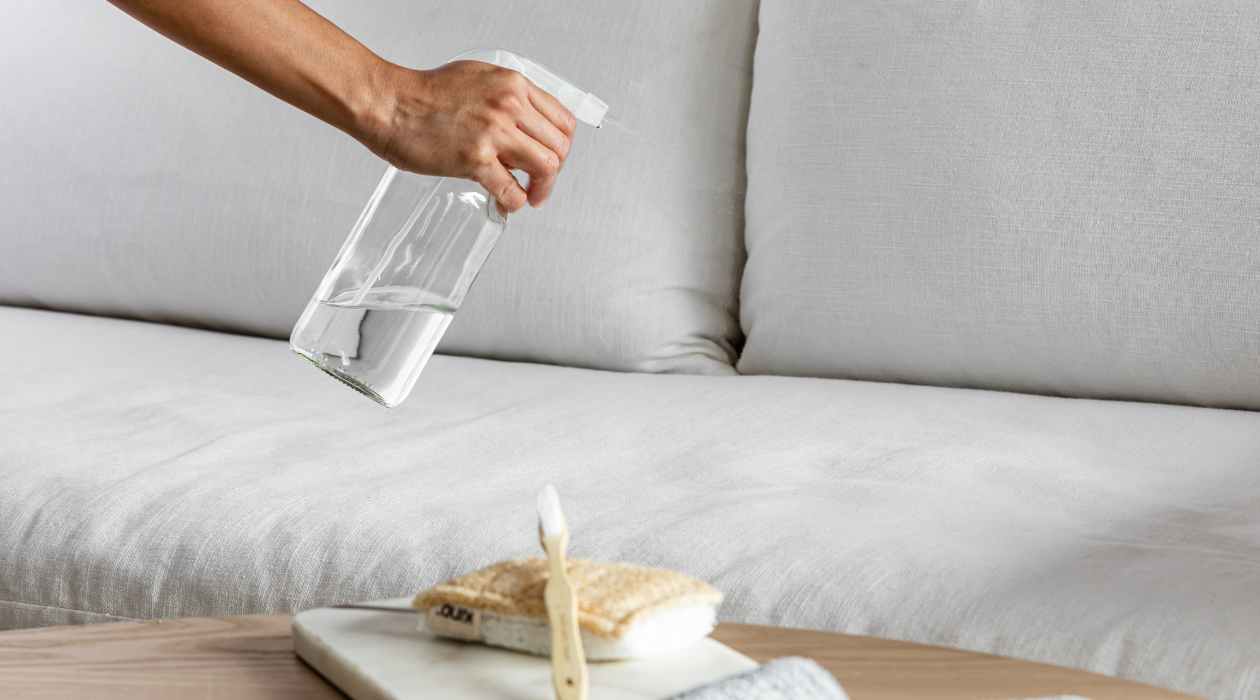

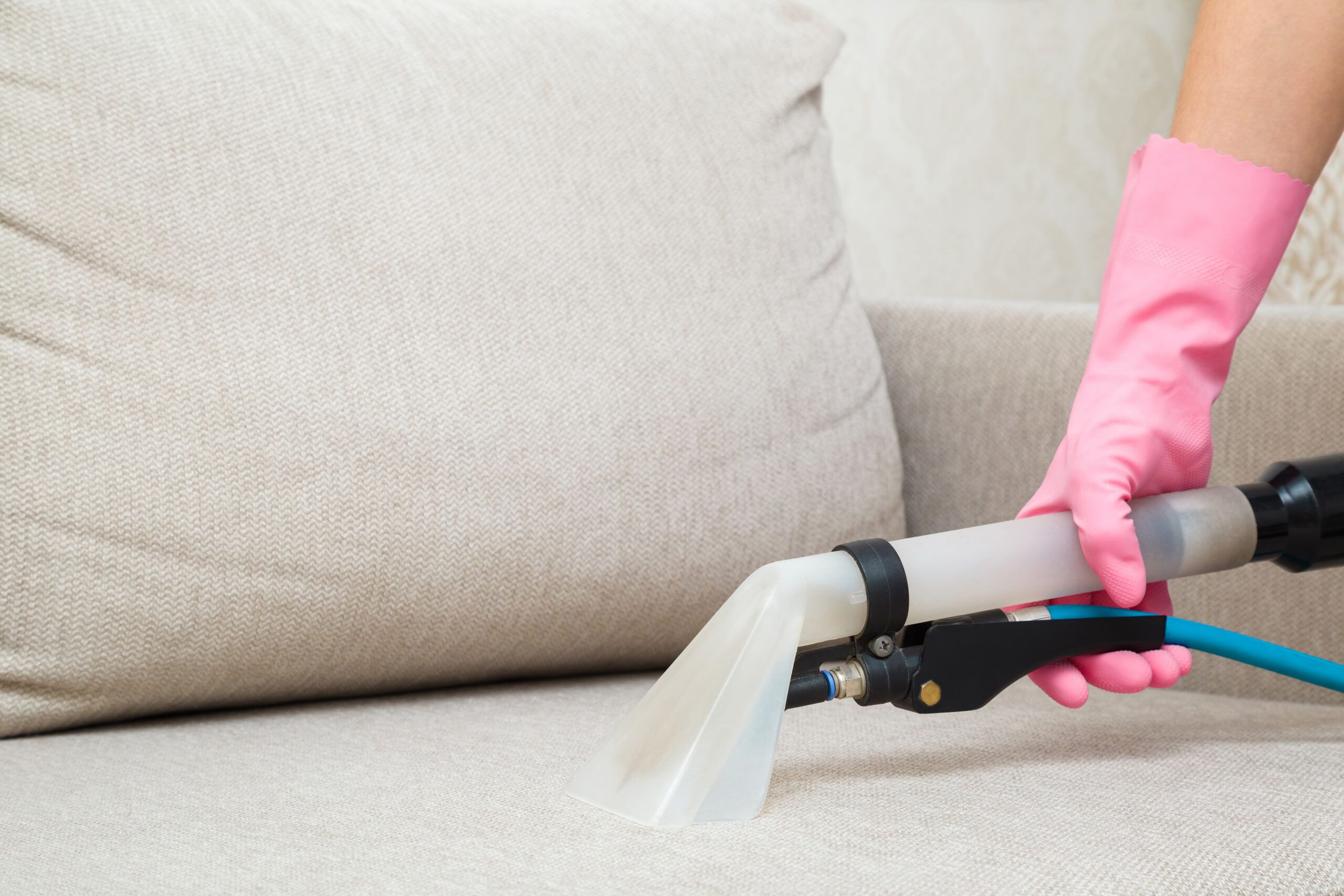
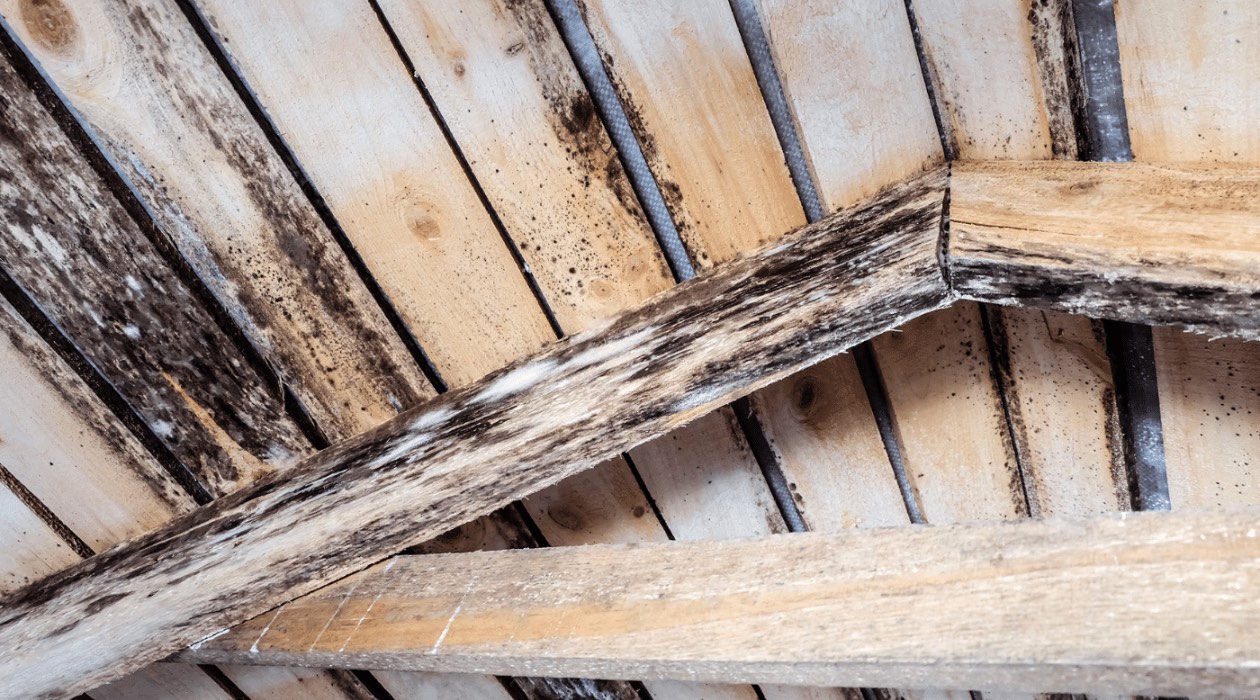
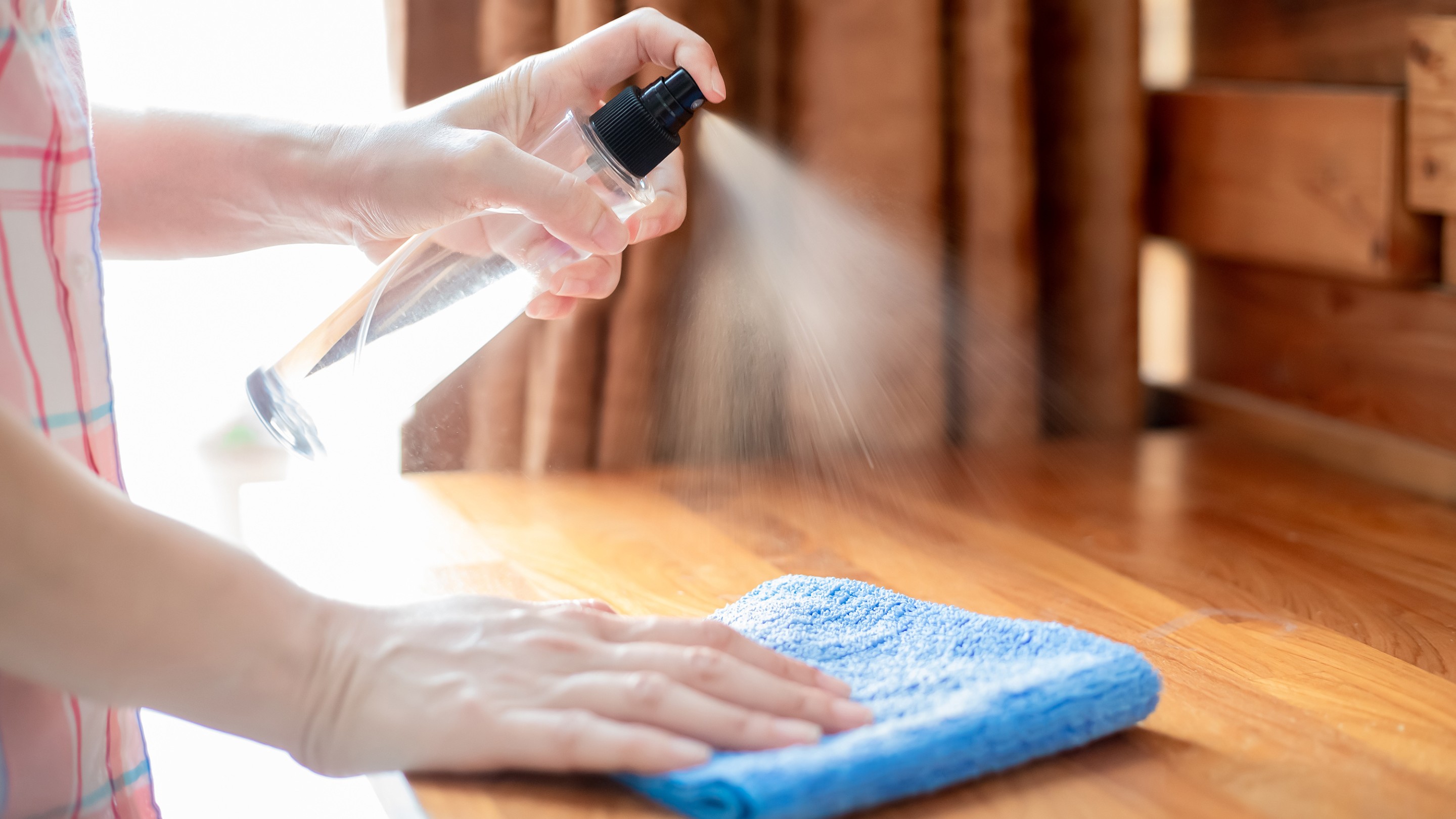


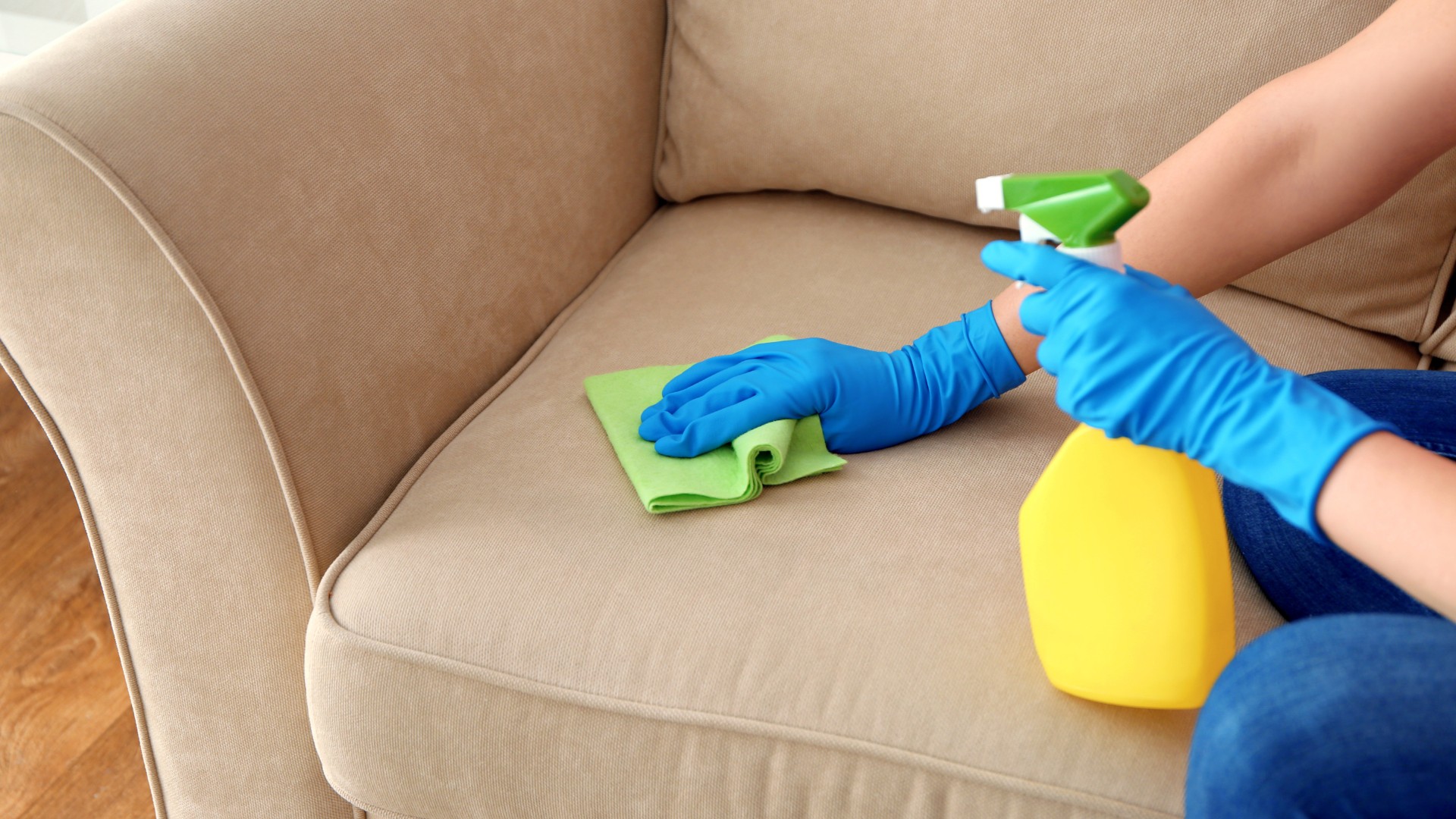



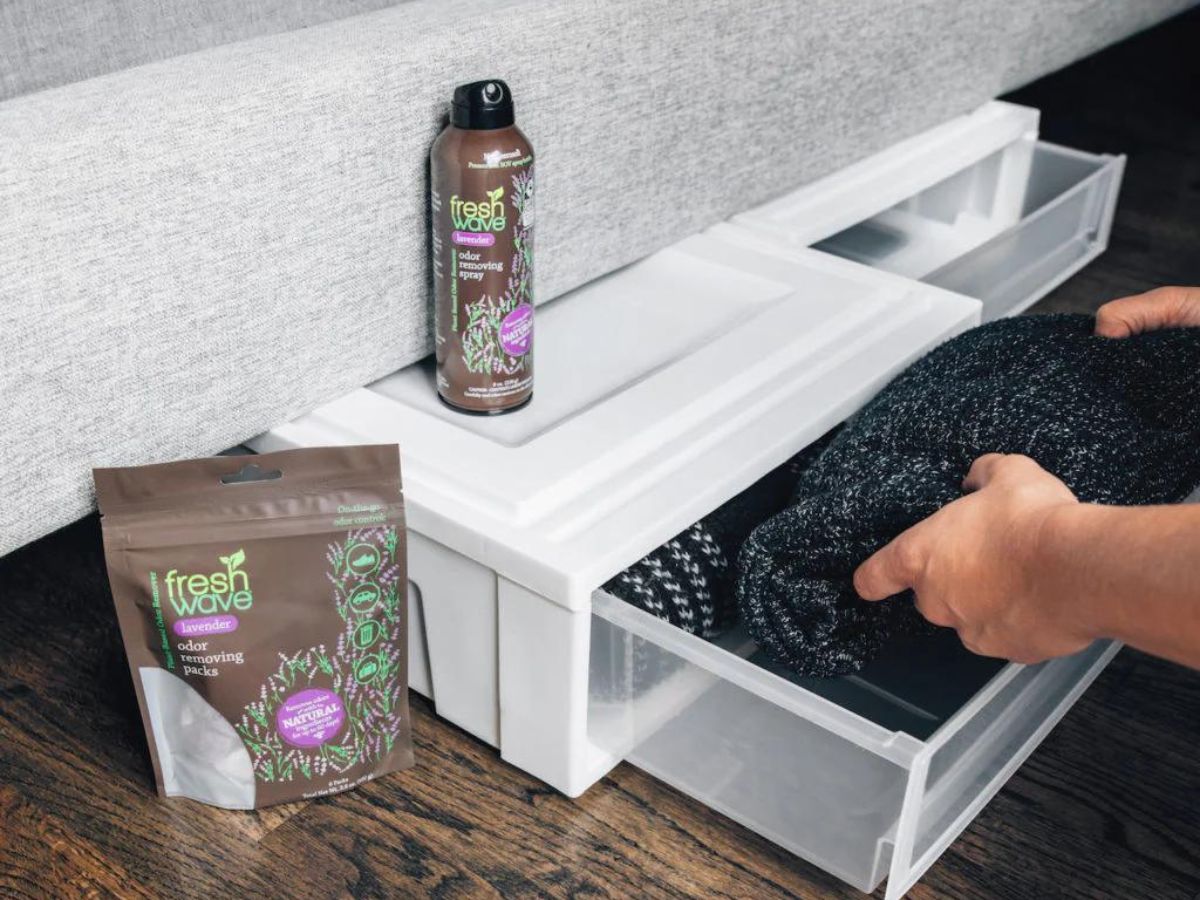

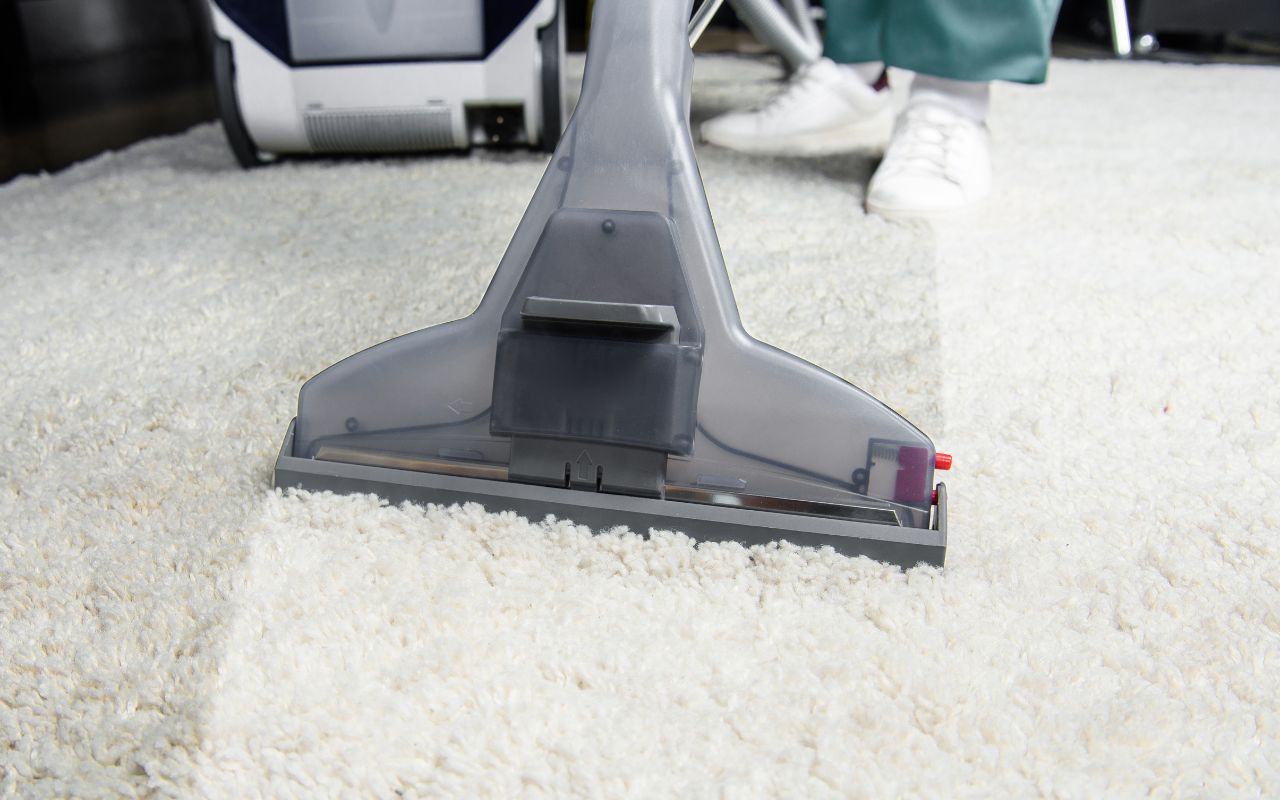

0 thoughts on “How To Get A Musty Smell Out Of Furniture”